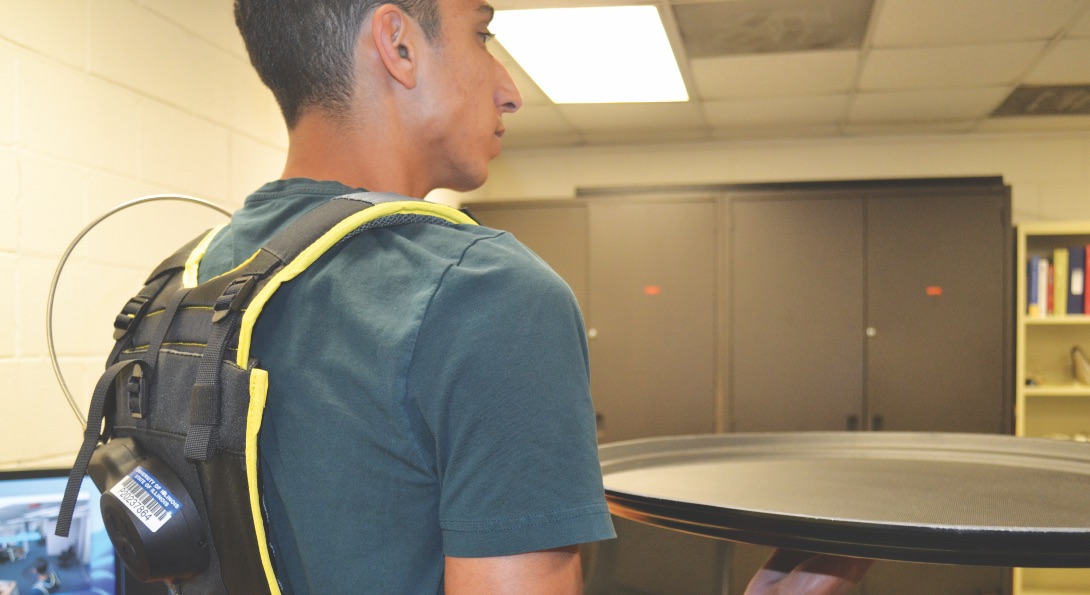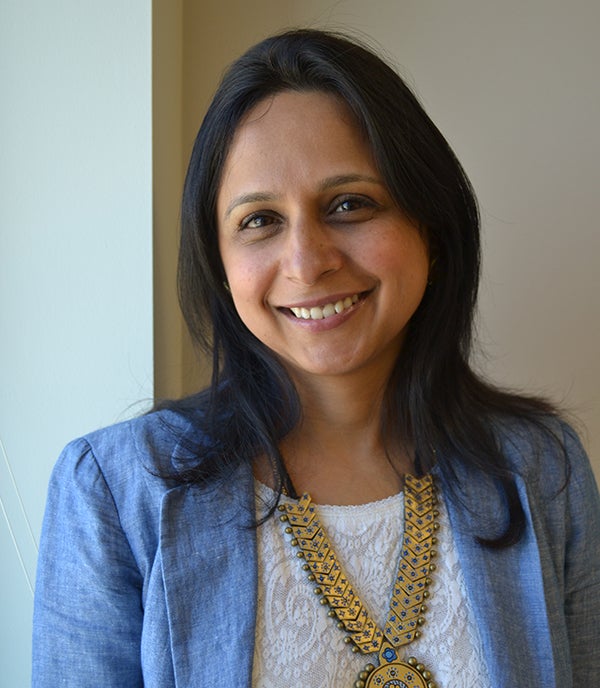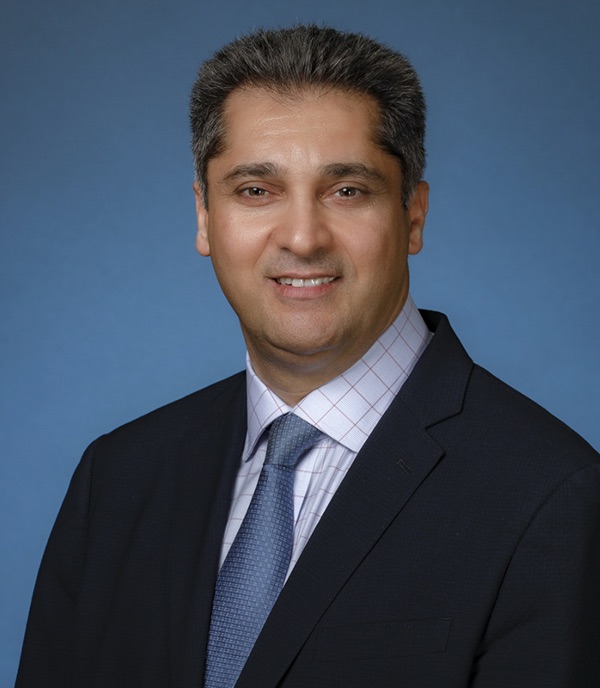AI for worker safety

SPH is leading some of the nation’s first efforts to employ AI as a tool to protect worker health and safety.
Story text Heading link

One concern of rapidly developing applications of artificial intelligence (AI) is the potential for job losses. A new initiative at the UIC School of Public Health and College of Engineering is casting the potential of AI in a new light, as a tool to protect workers’ health, safety and well-being.
A team of UIC faculty and graduate students are leading the first attempts nationally to train occupational safety and health (OSH) professionals in the use of AI. Through a new course and lab at the School of Public Health building, OSH professionals are gaining new tools to broaden human capabilities in protecting workers. The project is led by Houshang Darabi, PhD, professor of mechanical and industrial engineering and a leader in AI and its applications in healthcare, education and occupational safety; and Preethi Pratap, PhD, research assistant professor of environmental and occupational health sciences. Darabi and Pratap are part of the leadership of SPH’s Great Lakes Center for Occupational Health and Safety, a National Institute for Occupational Safety and Health-funded Education and Research Center committed to training the next generation of OSH professionals to recognize and address emerging hazards impacting workers and the workforce.
“Using AI is not something OSH professionals can do by themselves; we need to work with data scientists and industry experts,” Pratap said. “We want to provide targeted research training, prepare junior faculty and train students so that we’re building networks and collaborations with professionals.” Pratap and Darabi envision a role for AI with more powerful and persistent observational skills than humans could reasonably apply. For example, an AI algorithm applied to a video feed could detect when a worker removes a hard hat in a hazardous area, triggering an alert to a supervisor to mitigate the safety risk. A human could monitor the same video feed constantly, but the rote and mundane aspects of that task would likely hinder a human’s monitoring efficiency.
AI can also monitor subtle changes in a worker’s activity that could represent a major safety risk. If a worker needs to climb an electrical pole to heights more than 100 feet off the ground, the way a worker positions their body is critical to prevent a fall. AI monitoring through drone video footage can alert a human operator to notify the worker to make slight alterations to their positioning.
AI applications for OSH have a few common characteristics: while a wearable device with sensors might be used, such as for truck drivers at risk of fatigue and falling asleep, the sensor itself is not an AI tool. AI’s role is the evaluation of data from a sensor, video or other data source, processed through an algorithm to produce a recommendation. While AI can excel at monitoring and processing data, ultimately humans play an important role in implementing these safety recommendations. To put it simply, the reasons why a worker may choose to not wear a hard hat in a hazard area could be infinitely complex. Human supervisors will be better equipped to work through these situations with better monitoring tools.
Story text, continued Heading link

“AI comes in when we have data, but we don’t have a direct means of drawing a conclusion from that data,” Darabi said. “You can build a sensor to detect radioactivity, but there are situations where no sensors are possible, and you need to gather multiple pieces of information and analyze and interpret that information to draw a conclusion.”
AI efforts at SPH began with a continuing education course built for OSH professionals with no knowledge or skills working with AI. The course equipped students with a detailed understanding of AI, its applications in OSH and practical experience designing a project with AI applications. Darabi is currently mentoring a faculty member from the University of Illinois Urbana- Champaign Agricultural Safety program to design a graduate AI course focused on OSH in agricultural contexts. The course will enroll UIC and UIUC students in spring 2024.
A lab with AI technology has been constructed at the School of Public Health building on UIC’s west campus. While the lab is still growing, it features sensors, devices and equipment that occupational safety professionals may already be using in the workplace. The lab provides the linkage to AI algorithms to design new and improved uses for these technologies. Coding skills are not a prerequisite for working with AI, but students using the lab are often learning how to code to write and modify safety algorithms. Pratap acknowledges that AI applications in the field of occupational safety and health may result in some job losses, but she argues that a host of new jobs are likely to be created. She views the introduction of AI as a period of adaptation for OSH professionals.
“AI is the new math, and while we all won’t be experts in AI, it is necessary for us to build collaborations and partnerships to promote human-centered approaches to building AI tools and how we address inequities in occupational health, safety and well-being,” Pratap said.
The Great Lakes Center for Occupational Health and Safety will continue to play a key role in supporting the development of AI education, given that current funding is quite limited.
“We’re trying to give tools to people, the knowledge and expertise to go out and develop their own AI solutions,” Darabi said. “We’re hoping people take these experiences back to their work and use them with actual practical consequences.”